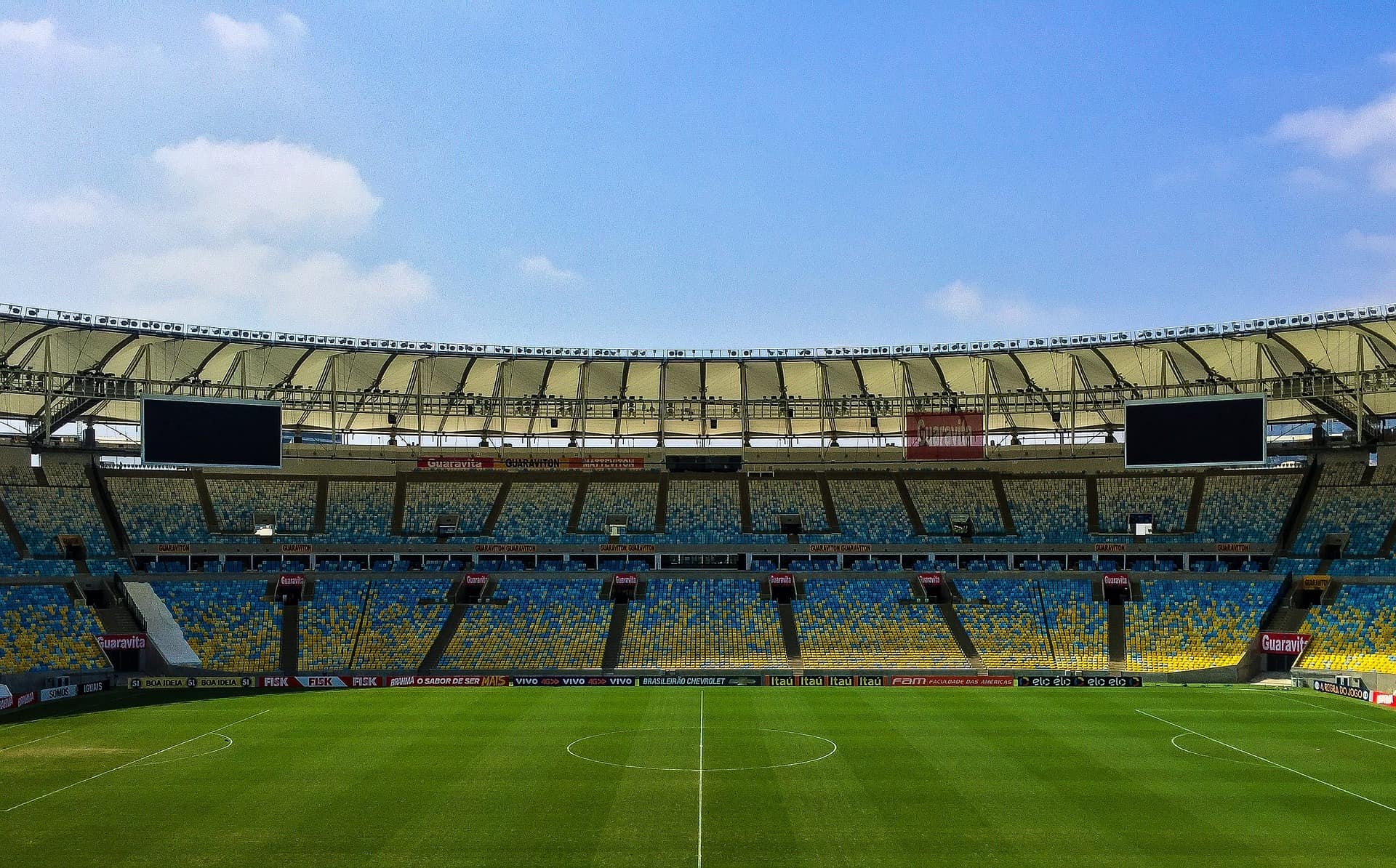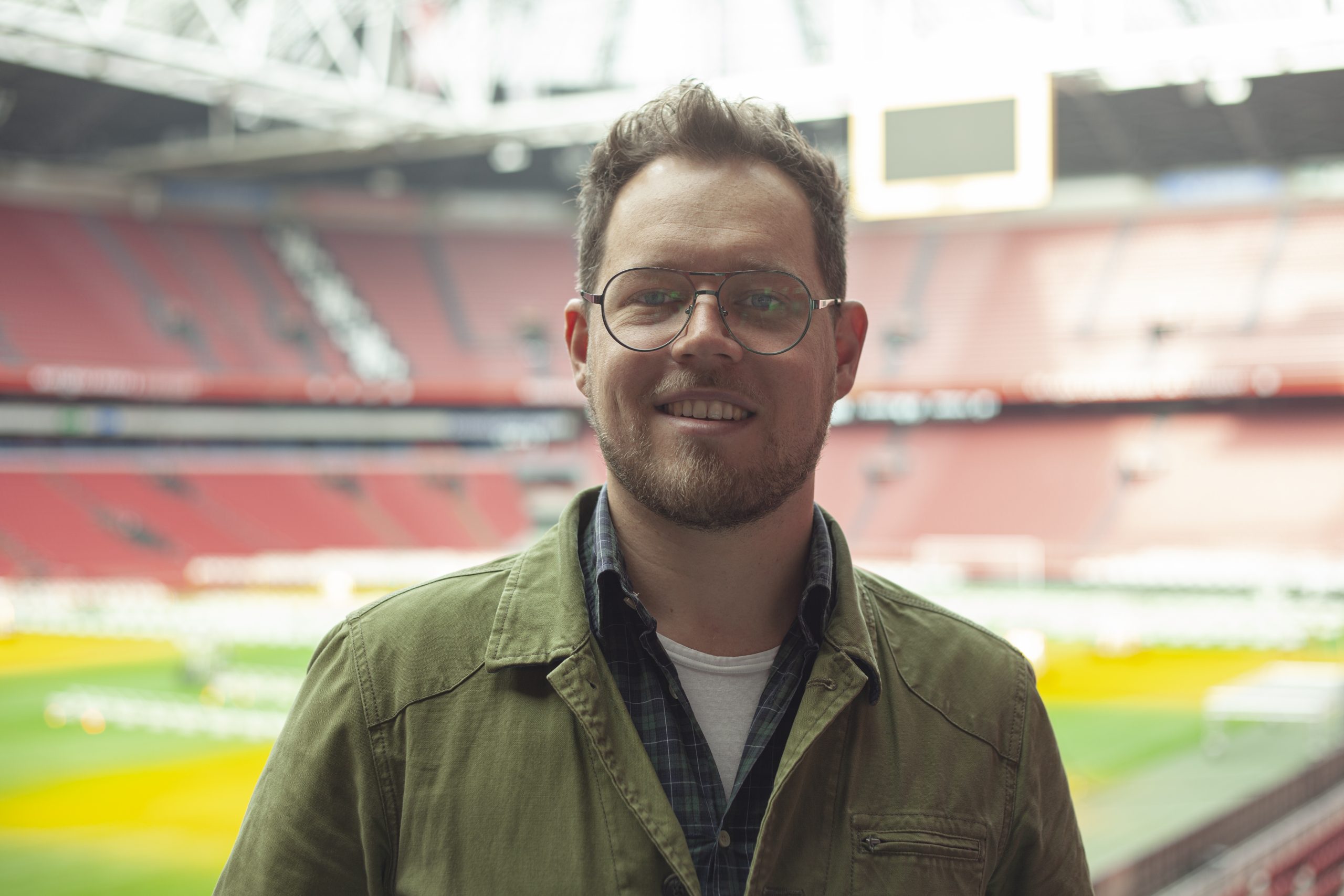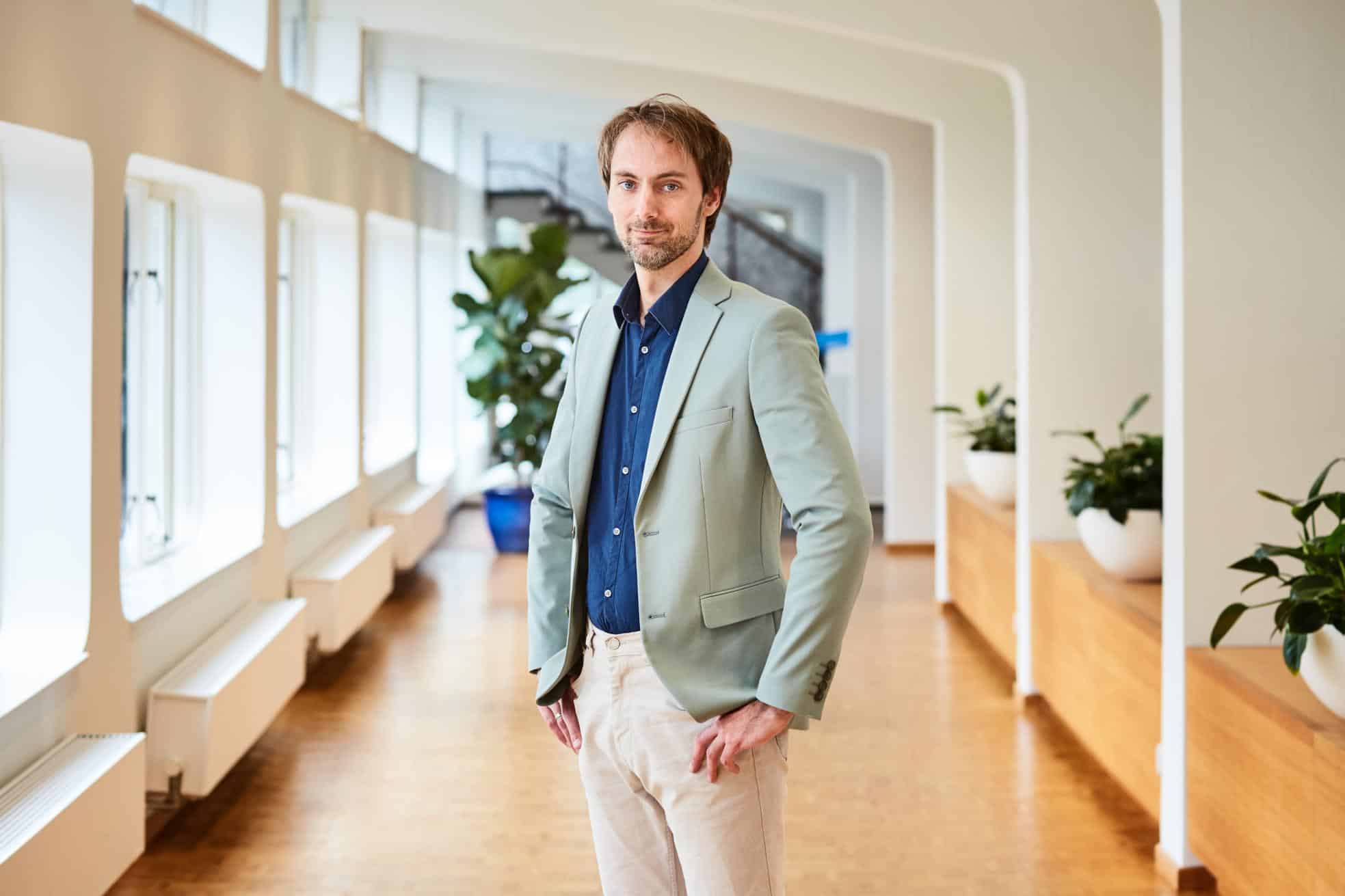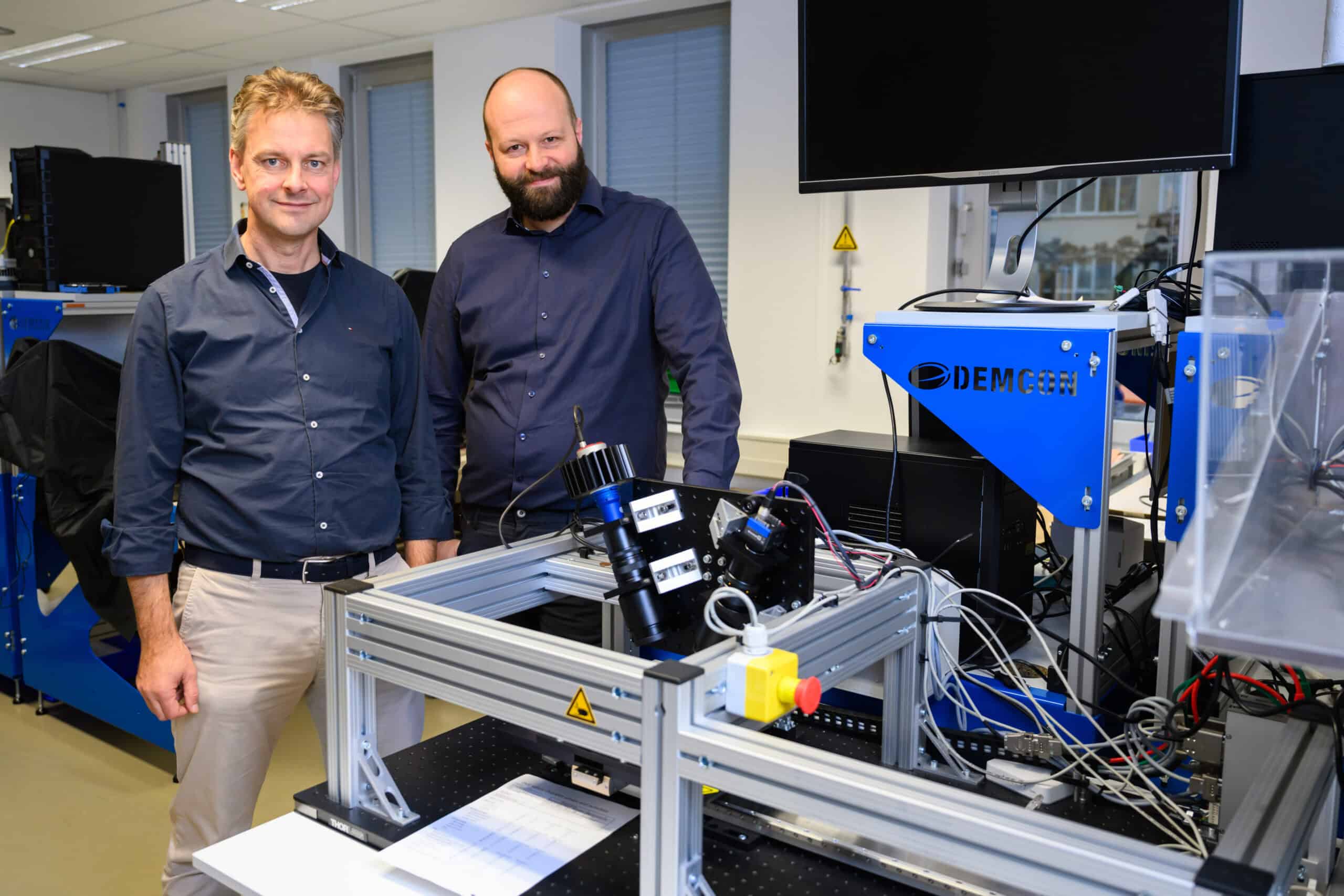
The time has finally come: The Netherlands is playing Argentina today in the World Cup quarterfinals. Innovation Origins is seizing upon this occasion to shine a spotlight on innovative technology from the world of soccer. We take a closer look at six promising innovations from the Netherlands..
1. A better viewer experience
For one thing, technology allows match-viewers to have a more enjoyable time in the future. Never again will you have to suffer from the fear of missing out if you cannot be present in person at a soccer match. This is because the Rotterdam-based company Tiledmedia has developed a way to easily stream sports via a mobile app or 3D goggles. Then it feels as if you are really on the field.
Co-founder Rob Koenen: “We offer smoothly streamed VR footage, mainly for sports competitions. You can also watch the content on a mobile app, but it works best with a VR headset. This makes it feel as if you are in the actual stadium, but with more features and images. Not only can you sit in the grandstand and just look where you want to, but you can also switch between different camera angles. Also, you can sit with your friends in a digital skybox. In it, you get to see the field, the ‘normal’ TV broadcast on a virtual screen, and you can also add other digital screens with statistics or other camera images next to the ‘main’ screen.”
That trick works like this: A 360-degree image is normally streamed in its entirety. That is a vast amount of pixels in total. Tiledmedia takes a different approach, by cutting pixels up into so-called tiles. Through the use of coding and software, it then only streams the image a viewer is directly watching. “And we quickly pick up the high resolutions whenever you turn your head,” Koenen adds.

2. Drones for safer stadiums
Another thing that comes in handy during a soccer match – a drone that recognizes when a soccer player faints or a riot breaks out. A student team from the Eindhoven University of Technology (TU/e) is hard at work trying to make it a reality. Blue Jay is working on a drone that helps security guards, firefighters and police officers around the Philips Stadium to provide security during matches and events.
Emmie Schoutens, PR manager for the team, explains: “The drone can identify any unusual situations and notify emergency responders. We want the drone to also be able to transfer an AED to a victim. One other thing, we are working on a feature that allows the drone to talk, for example, to guide people to an exit.” The drone will be able to detect when someone falls as well.
However, because the drone uses different types of techniques, the students are also working in separate teams. The software team is making sure that the drone can fly autonomously and circumvent obstacles. Making sure that the emotion detection aspect works properly is the task of the team dealing with interaction design. They are also working on an application that allows the drone to speak. In turn, the hardware team is focusing on optimizing the product.

3. Training with a specialized controller
Soccer players themselves are also trying out the latest innovations. For example, Aristotle Technologies, a TU/e spin-off, together with the sports scientists from the Dutch football club PSV, have developed software that combines both physical and cognitive training. PSV uses it to train the young generation of elite soccer players.
How does it work? A player will see cognitive exercises appear on a screen in front of and beside him or her. Using a controller, the player then responds to those exercises. At the same time, he/she also is also busy with soccer exercises. This is how field dynamics are simulated.
Usually, you would take a cognitive test on a laptop, Aarts goes on to explain. “That’s very static and eliminates the social dynamics that are present in live situations. With the addition of the controller, you can step away from your laptop.” By combining cognitive and physical exercises, the brains of players are subjected to overstimulation. It’s precisely in those situations that they have to keep delivering results and learn to adapt.

4. No more injured goalie hands
Goalkeeper injuries are unfortunately commonplace. Innovations concerning goalkeeper gloves are aimed at preventing this. Textile research center DITF and the company T1TAN are developing a goalkeeper glove that protects fingers from hard-hitting shots more effectively. The major challenge for good goalkeeper gloves is that they need to not only protect fingers from extreme impacts, but that the material should also be flexible and not restrict sensation in the fingers. In order to accomplish this, a mechanical concept was developed that absorbs the force exerted on fingertips and transfers it optimally through the wrist cuff to the forearm without deforming the glove. The mechanical structures that make this possible are sewn into the glove.
The key advantage, according to DITF, is that the glove can be adjusted individually to fit each person and finger. The wrist is encased by a type of cuff made of exceptionally strong and elastic material and, with the help of load-bearing textile straps, conducts tensile forces through channels on the palm to the forearm.

5. Increasingly more data analytics
Nikolay Tashev, founder of Ubitrack: “Many companies don’t make use of AI, but use motion tracking software instead, which is less accurate. This is why we started developing AI-based analytics. It took us two years to develop our first version of the system. We then started working with an Italian GPS manufacturer, one that supplies data to top clubs like AC Milan. In fact, last season we were able to prove that the data this company provided on Serie A (Italian league) and that of our own were identical.”
Apart from that, the start-up also plans to work with 3D tracking. In essence, it is all about 3D reconstruction. “There are plenty of companies that have 3D reconstruction algorithms that focus on the visuals and graphics,” Tashev said. “Visuals in apps are becoming more and more realistic as a result. Just take the FIFA video game, for example. However, no 3D data is available out there. We want to become the provider when it comes to reconstruction of matches.”

6. Smart soles measure grass quality
Finally, if there is one thing that is critical to major soccer stadiums, it is the quality of the grass. Arion – a product of ATO-gear – is a wafer-thin sole with pressure sensors that measures every movement of the foot. The sole was originally designed for runners who can use it to get instant feedback on their movements while running. This allows them to improve their technique and prevent injuries. But the soles have more applications: Holland Innovative deployed them to map the hardness and grip of the pitch in the Johan Cruijff Arena even more precisely.









